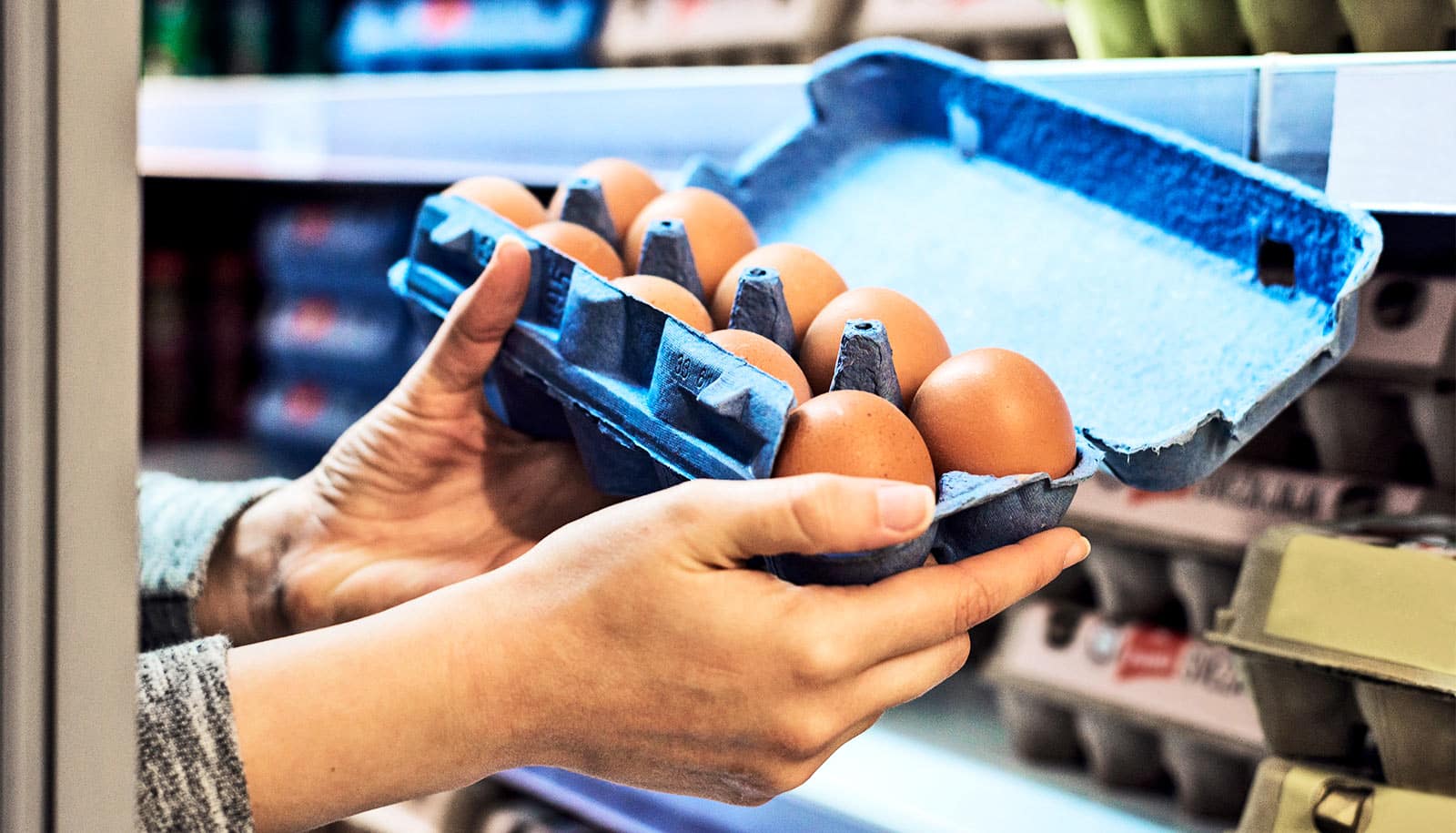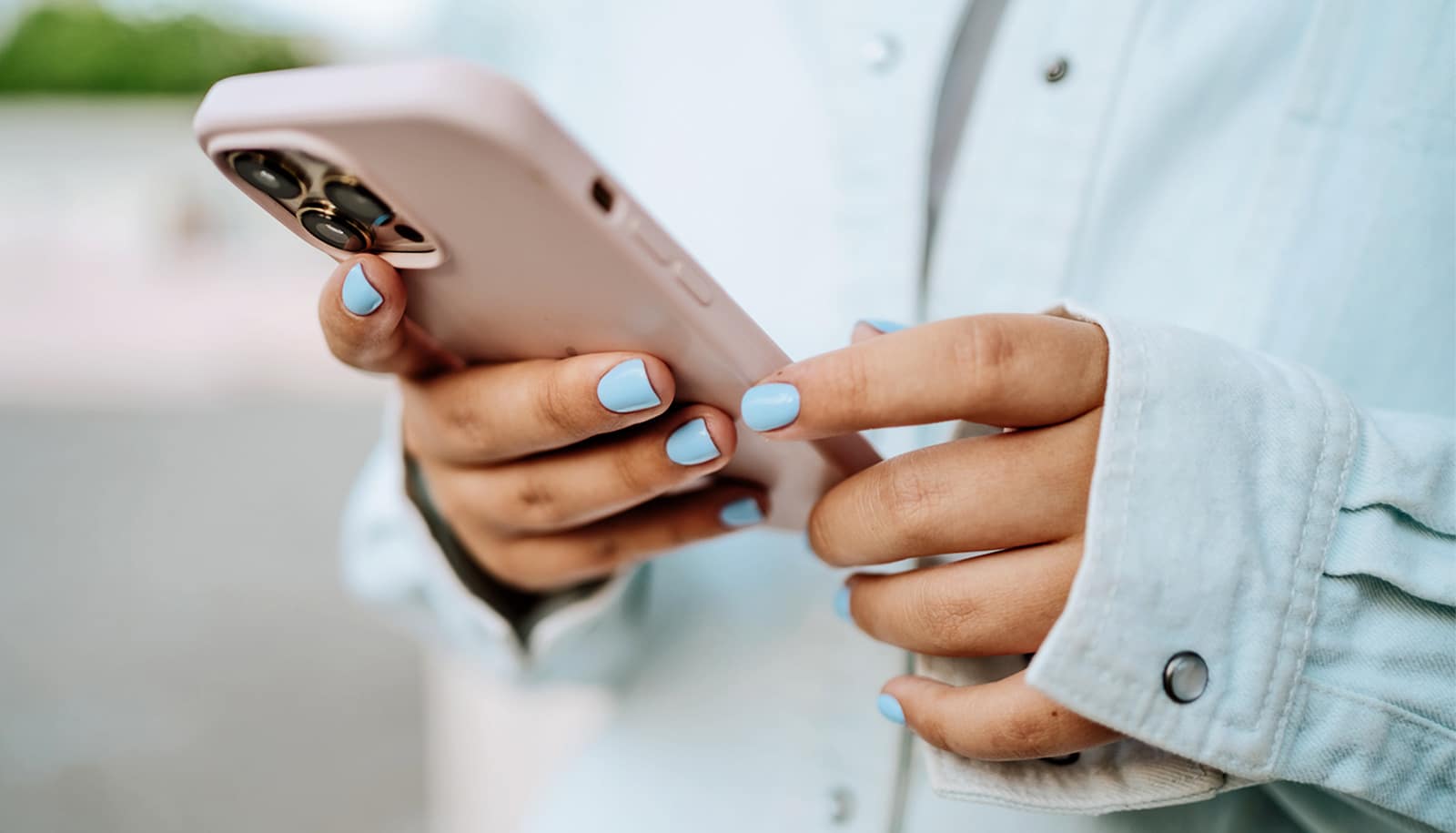Rationality goes out the window for some consumers who suddenly “lose” or break their fully functional current phone when a new model becomes available.
Researchers say carelessness and neglect toward currently owned products stem from a desire to justify the attainment of a new, enhanced product without appearing wasteful. It’s the “upgrade effect.”
“…consumers exhibit cavalier behavior toward owned products when in the presence of appealing product upgrades.”
Researchers wanted to find out how consumers behaved with different durable items, including Apple iPhones. The findings show that product neglect can occur without deliberate intentions.
Several studies have investigated carelessness with mobile phones in the face of upgrade options. One study examined an international data set of nearly 3,000 lost iPhones and demonstrated that consumers are less likely to look for their lost phone when a new model is available.
Every iPhone has a unique code, known as the IMEI number. In case of loss, consumers can go on the IMEI Detective website to report the loss and check whether their phone has turned up. Not reporting a loss on the IMEI Detective website indicates product neglect.
For lost phones in 119 countries from September 2010 to January 2015, consumers were more likely to report the loss online of an iPhone using the IMEI number when no new iPhone models were available. The opposite was true when a new iPhone was going to be released or already available.
Another study tested the consumer behavior of the upgrade effect in the lab, but this time used free mugs.
Researchers split more than 90 participants into upgrade (nicer mug) and no-upgrade conditions. The mug sat on top of wooden Jenga blocks on a table and participants could continue removing blocks until they told the lab assistant they wanted to stop. Removing more blocks increased the chance that their current mug would fall and break.
The results? People are more willing to risk an owned product in the presence of preferred upgrades.
“For product upgrades to induce carelessness, it is indeed important that the upgrade product is an enhanced version of the current one not just a mere replacement,” says Joshua Ackerman, associate professor of psychology at the University of Michigan and coauthor of the study in the Journal of Marketing Research.
In another analysis, researchers used an online study with nearly 1,000 US participants randomly assigned to one of 12 conditions in which the amount of damage to owned items varied. Regardless of the item, consumers were more willing and felt justified to upgrade when the product was damaged compared to a product that remained intact.
Time to upgrade a gadget? Don’t skip this step
“Contrary to the prevailing notion that consumers highly value and care for their possessions, the current research demonstrates that consumers exhibit cavalier behavior toward owned products when in the presence of appealing product upgrades,” says lead author Silvia Bellezza, assistant professor of marketing at Columbia Business School.
Francesca Gino, a professor at Harvard, is also a coauthor of the work.
Source: University of Michigan



